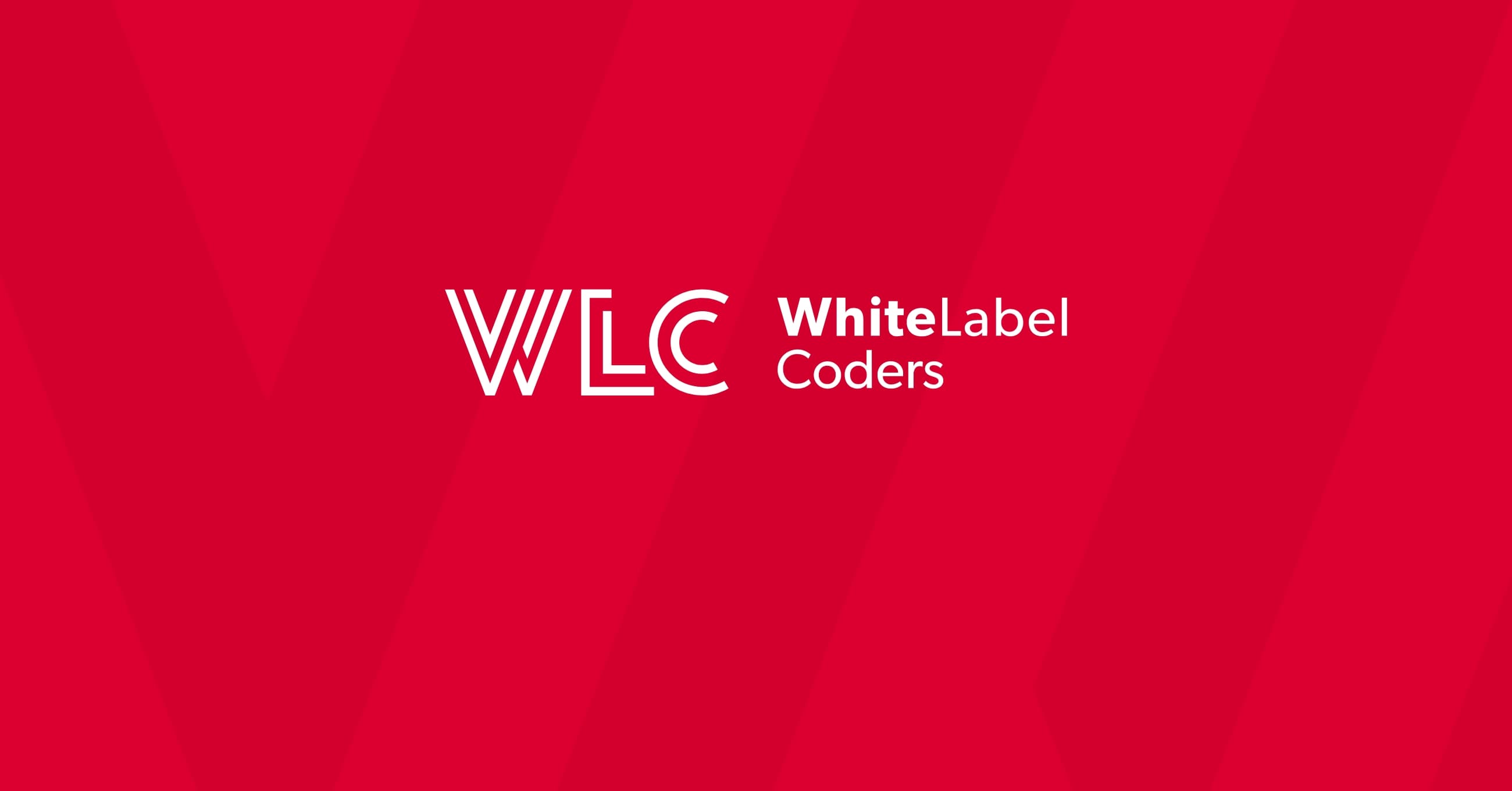Category: SEO AI
Is Webflow better than WordPress?

Understanding the WordPress vs Webflow debate
The WordPress vs Webflow comparison continues to be a hot topic among business owners and developers alike. These platforms represent two fundamentally different approaches to website creation. WordPress, with its 20+ year history, has evolved from a simple blogging platform into a comprehensive content management system that can power virtually any type of website. Webflow emerged as a modern visual website builder that combines design, content management, and hosting in one platform.
Businesses consider both platforms for valid reasons. WordPress offers unparalleled flexibility and a massive ecosystem of themes and plugins that can extend its functionality in countless ways. Webflow appeals to those seeking design precision without coding and a more streamlined, all-in-one solution.
The choice between these platforms isn’t about which is objectively better, but rather which aligns with your specific needs. Factors like your technical resources, budget constraints, customization requirements, and long-term goals all play crucial roles in making this decision.
What are the main differences between WordPress and Webflow?
WordPress and Webflow differ significantly in their fundamental approach to website development and management. WordPress functions as a traditional content management system where you install the software on a web server, select or build themes, and extend functionality through plugins. Webflow operates as a SaaS (Software as a Service) platform with an integrated visual editor, hosting, and CMS.
In terms of development approach, WordPress traditionally requires some knowledge of PHP, HTML, CSS, and JavaScript for custom WordPress website development. Webflow focuses on a visual interface that generates clean code behind the scenes, allowing designers to create without coding.
Content management capabilities also differ substantially:
- WordPress offers a robust backend with extensive content types, taxonomies, and a familiar admin interface that content creators can quickly learn.
- Webflow’s CMS is more design-oriented, with strong visual editing capabilities but potentially more limitations for complex content structures.
The learning curve varies dramatically between these platforms. Webflow is generally easier for designers to master but can be limiting for developers. WordPress has a steeper technical learning curve but offers virtually unlimited potential once mastered. This is why many businesses opt for professional WordPress development teams who can unlock its full capabilities.
How does WordPress compare to Webflow for customization?
When it comes to customization, WordPress and Webflow offer different approaches and capabilities. WordPress provides exceptional customization potential through its open-source nature and extensive ecosystem of over 59,000 plugins and thousands of themes.
With WordPress, customization can take multiple forms:
- Theme customization – adapting existing themes or building custom ones from scratch
- Plugin extension – using and modifying plugins to add specific functionality
- Custom code – implementing completely bespoke solutions through PHP, JavaScript, and other web technologies
This flexibility is why many businesses choose WordPress custom development for complex projects. The platform can be shaped to fit virtually any business requirement, from e-commerce stores and membership sites to learning management systems and multi-vendor marketplaces.
Webflow’s customization approach centers on its visual designer, which offers exceptional control over design elements without coding. It excels at creating visually stunning websites with complex animations and interactions. However, its extension capabilities are more limited, with fewer integration options and no equivalent to WordPress plugins ecosystem.
For businesses requiring unique functionality or complex systems, WordPress typically offers more pathways to achieve those goals, especially when working with experienced development teams who understand how to maximize the platform.
Which platform offers better scalability for growing businesses?
Scalability is a crucial consideration for growing businesses, and both platforms handle it differently. WordPress has proven its scalability capabilities by powering some of the world’s largest websites, including major news publications, enterprise sites, and high-traffic e-commerce stores.
WordPress scalability strengths include:
- Flexible hosting options, from shared hosting to managed WordPress providers to enterprise-level infrastructure
- Ability to implement advanced caching strategies and content delivery networks
- Database optimization capabilities for handling large content repositories
- Integration potential with virtually any third-party service or system
Webflow offers good scalability within its ecosystem, with the advantage of built-in hosting optimized for performance. However, it may present limitations for businesses with very complex requirements or extremely high traffic volumes.
For growing businesses with evolving needs, WordPress provides more expansion pathways. Whether you’re scaling your e-commerce operations, adding multilingual capabilities, or integrating with enterprise systems, WordPress can adapt through custom development and strategic implementation of the right tools and architecture.
How do maintenance and updates differ between WordPress and Webflow?
The maintenance requirements for WordPress and Webflow differ significantly, which can be a decisive factor for many businesses. Webflow manages all platform updates, security patches, and hosting maintenance on their end, creating a largely hands-off experience for site owners.
WordPress, being a self-hosted solution, requires more proactive maintenance:
- Regular core updates (typically 3-4 major updates annually plus security releases)
- Theme and plugin updates, which can sometimes cause compatibility issues
- Security hardening and monitoring for potential vulnerabilities
- Database optimization and performance tuning
- Regular backups and restoration procedures
While this might seem daunting, many businesses address these maintenance needs by partnering with website maintenance agencies that provide ongoing support and maintenance services. This allows them to benefit from WordPress’s flexibility while outsourcing the technical maintenance aspects.
For businesses with limited technical resources who prefer a “set it and forget it” approach, Webflow’s maintenance model may be more attractive. However, businesses that need complex functionality and extensive customization often find that the maintenance requirements of WordPress are a reasonable trade-off for its greater flexibility and capabilities.
What are the cost considerations when choosing WordPress vs Webflow?
Cost structures differ significantly between WordPress and Webflow, affecting both initial development and ongoing expenses. Understanding these differences is essential for making an informed decision.
Webflow’s pricing follows a subscription model:
- Site plans range from $14 to $39+ monthly for a single site
- Account plans for professionals start at $16 monthly
- E-commerce functionality adds significant cost, starting at $29 monthly plus transaction fees
- Design and development costs still apply, though potentially lower than WordPress for simple sites
WordPress costs are more distributed:
- The software itself is free, but hosting typically costs $5-100+ monthly depending on your needs
- Premium themes range from $30-100 as a one-time purchase
- Essential plugins range from $0-300+ annually each
- Development costs vary based on complexity and customization needs
For simple brochure websites, Webflow might have a higher starting cost but includes hosting and maintenance. For complex, custom websites, WordPress often provides better value through one-time development costs rather than escalating monthly fees as features increase.
It’s worth noting that while initial WordPress development might require more investment, the long-term value often becomes apparent as your site grows and evolves, particularly when working with experienced WordPress development partners who can implement efficient, scalable solutions.
Making the right choice: WordPress or Webflow for your specific needs
Choosing between WordPress and Webflow ultimately comes down to aligning platform strengths with your particular business requirements. Neither platform is universally “better” – they excel in different scenarios.
WordPress is likely the better choice if:
- You need complex functionality beyond standard website features
- Your business requires integration with multiple third-party systems
- You anticipate significant growth and evolving requirements
- You value ownership of your platform and flexibility to change hosting
- You’re building a complex e-commerce system, learning platform, or membership site
Webflow might be preferable if:
- Visual design precision is your highest priority
- You have limited technical resources for maintenance
- Your requirements are relatively straightforward
- You prefer an all-in-one solution with integrated hosting
- You don’t anticipate needing extensive customization
Many businesses find that WordPress offers the most sustainable path forward, especially when paired with professional development expertise. The platform’s flexibility allows it to grow alongside your business, adapting to new challenges and opportunities.
Remember that the initial investment in proper WordPress development workflow pays dividends through a platform that precisely meets your business needs while providing the freedom to evolve over time. Working with WordPress specialists who understand both the technical aspects and business implications ensures you get the most value from this powerful platform.

